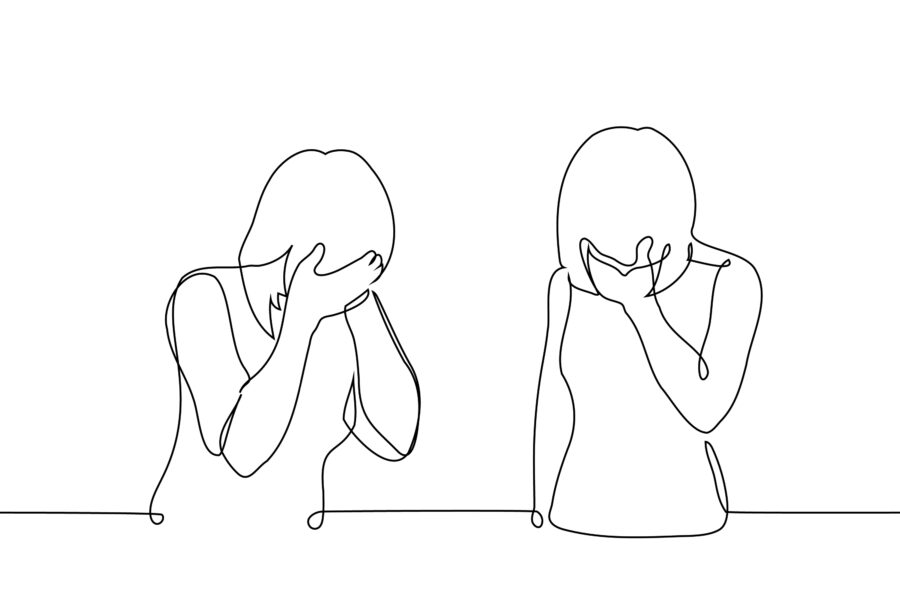Lifting the Lid on Poverty Stigma in Wales

Greig Inglis, Amanda Hill-Dixon, Josh Coles-Riley
The first major survey into the scale of poverty stigma in Wales has found that 25% of the Welsh population have experienced poverty stigma ‘always’, ‘often’ or ‘sometimes’ in the last year.
The Wales Centre for Public Policy commissioned the Bevan Foundation to carry out the survey as part of WCPP’s work to support the public sector in Wales to better understand and tackle the issue – to ‘reduce, rather than produce poverty stigma’ in the creation and delivery of policies and services.
The survey, conducted by YouGov and supported by WCPP’s partner, the International Public Policy Observatory (IPPO), reveals the extent to which this hidden, but damaging dimension of poverty impacts large groups of the Welsh population, with young people much more likely to be affected than older generations.
WCPP’s previous report, a Review of Poverty and Social Exclusion in Wales, showed that poverty stigma is a form of suffering which can affect people’s ability or willingness to seek support or participate fully in their communities. In effect, it is a barrier to escaping poverty.
The survey looks at the levels of received* and perceived structural poverty stigma in Wales, and which groups of Welsh society are most likely to experience them.
Key findings:
- 1 in 4 adults in Wales have experienced received poverty stigma ‘sometimes’, ‘often’ or ‘always’ in the past 12 months – 1 in 3 where annual household income is less than £20k.
- Younger people experience higher levels of both received and perceived structural poverty stigma than older people (people aged 16-24 reported 3 x more received stigma than people aged 65+).
- People experiencing food insecurity experience 3 x as much received stigma as those who aren’t
- The most common form of received poverty stigma is in the form of ‘people make negative assumptions about me because I don’t have much money’
- Perceived structural stigma did not vary by household income – 9 out of 10 adults perceive that decision-makers, public services and the media contribute to poverty stigma.
- People with disabilities, those who live in rented properties and benefit recipients are also groups more vulnerable to experiencing poverty-related stigma and more likely to perceive structural stigma.
The survey has been analysed by Dr Greig Inglis of the University of the West of Scotland and WCPP’s Amanda Hill-Dixon and Josh Coles-Riley. In an accompanying blog, Dr Steffan Evans, Head of Policy (Poverty) at the Bevan Foundation, has praised the Centre for raising the profile of poverty stigma and highlighted policies that can help to reduce it – while emphasising that poverty itself is the biggest driver of the problem.
*Received stigma refers to individuals’ personal experiences of being negatively judged, excluded, or treated unfairly because they live on a low income
Perceived structural stigma refers to individuals’ beliefs that people living on low incomes are treated unfairly by public services, decision makers and institutions such as the media.
Further Reading
Read the Policy Briefing
Read the Bevan Foundation blog
Read the Flying Start blog
Read the Together Creating Communities blog
Read the Swansea Poverty Truth Commission blog
Read about our Poverty Stigma workshops
